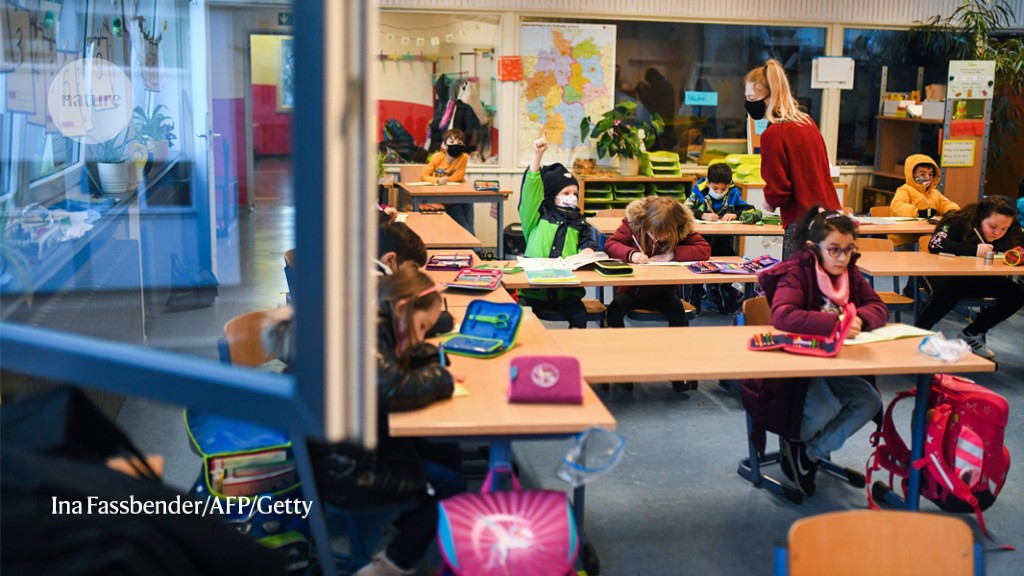When Lidia Morawska leaves home, she takes with her a slick, shoe-sized device that provides some sobering insights about the restaurants and offices she visits. Outside these buildings, her carbon dioxide monitor reads just above 400 parts per million (p.p.m.). But indoors is a different story.
Even in a seemingly spacious, high-ceilinged restaurant, the number sometimes shoots up as high as 2,000 p.p.m. — a sign that the room has poor ventilation and could pose a risk for COVID-19 infection. Visual cues can be deceptive, even for Morawska, an aerosol scientist from the Queensland University of Technology in Brisbane, Australia. “The general public has no idea about this,” she says.
The situation is no different inside cafes or kindergartens around much of the world, according to researchers who have wielded similar handheld CO2 meters. And that’s bad news for hopes of defeating the coronavirus SARS-CoV-2.
For months, health authorities have singled out indoor spaces with poor ventilation as potential infection hotspots. And on 1 March, the World Health Organization (WHO) released a long-awaited road map to better ventilation. The document — which Morawska contributed to — sets out specific targets and measures that businesses and other places can take to improve ventilation and make buildings safer1.
But Philomena Bluyssen, a building engineer at the Delft University of Technology in the Netherlands, says that more needs to be done. “The WHO guidelines,” she says, “are the minimum.”
Bluyssen and others are critical of governments’ failure to provide clear guidance or money for people to make indoor spaces safer. Some scientists say that has left large swathes of the population — from schoolchildren to office workers, restaurant goers and prisoners — at risk of catching COVID-19.
Others say that there’s no easy fix, and the precise ventilation or air-purification regimes to make indoor spaces safe are not known. “The complexity is not at a level that you can — with a simple set of advice — resolve it,” says Ehsan Mousavi, a construction engineer at Clemson University in South Carolina, who studies indoor air quality and ventilation in hospitals.
Still, many experts say that enough is known for authorities to provide a clear message about how important good ventilation is for safety indoors, especially in spaces that are continuously occupied, or where masks are removed when eating....




Recent Comments